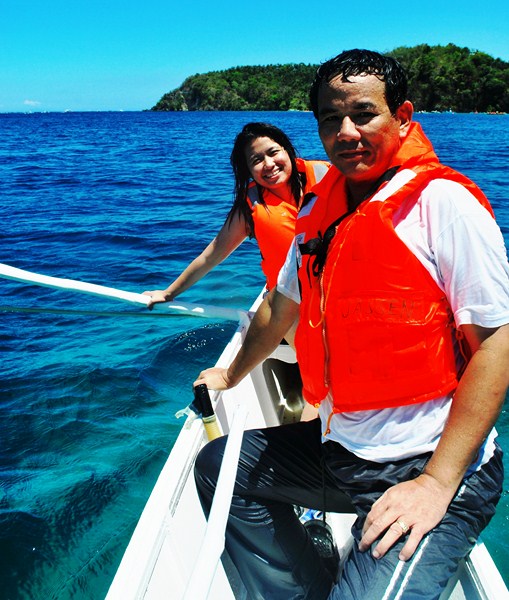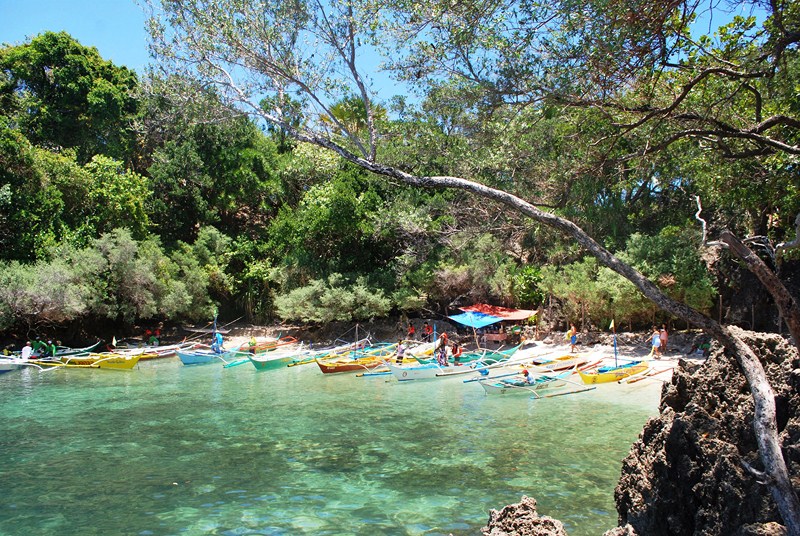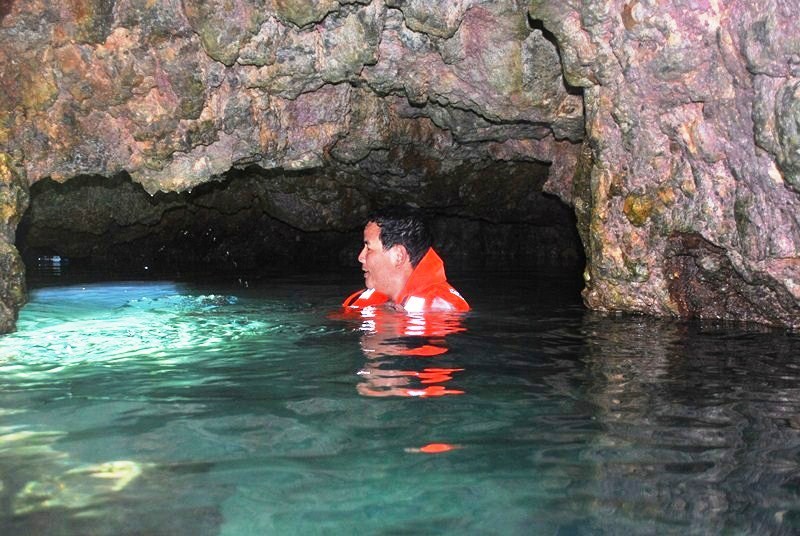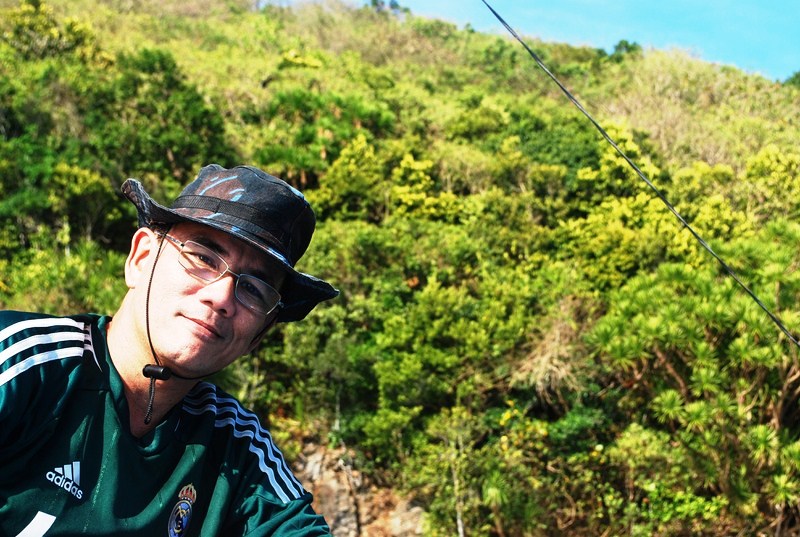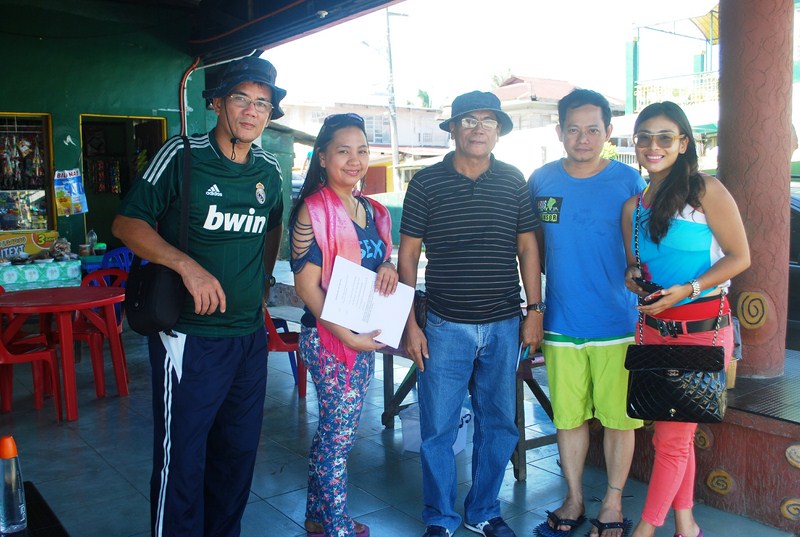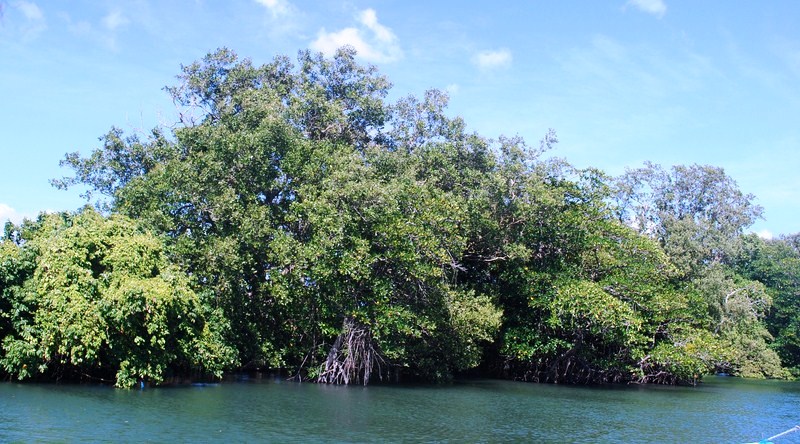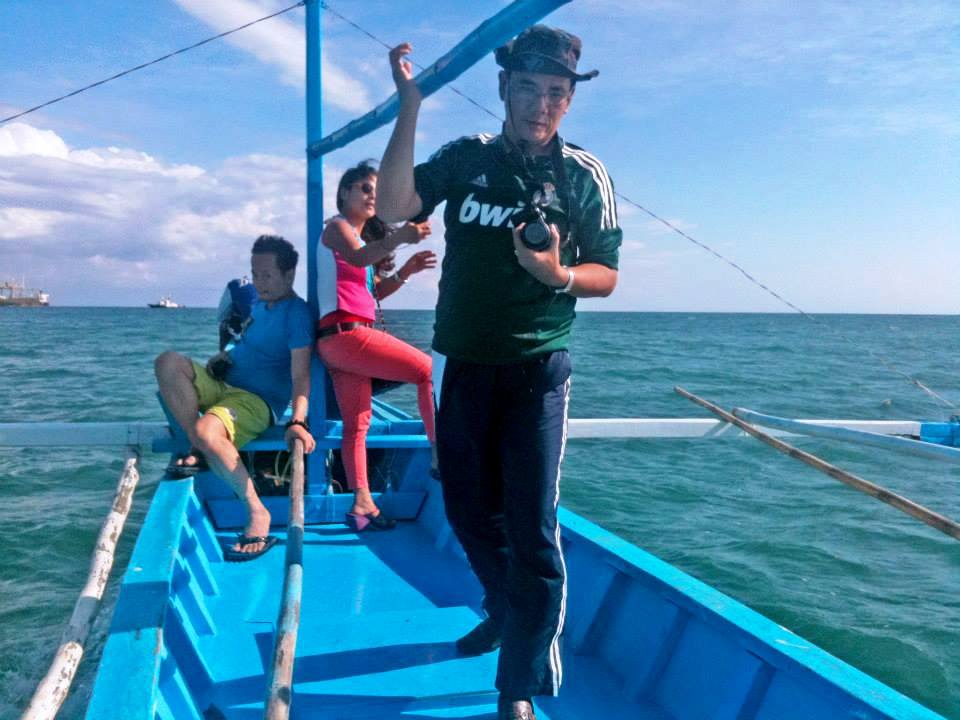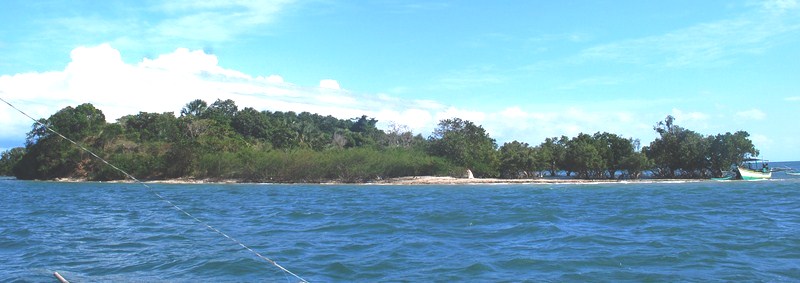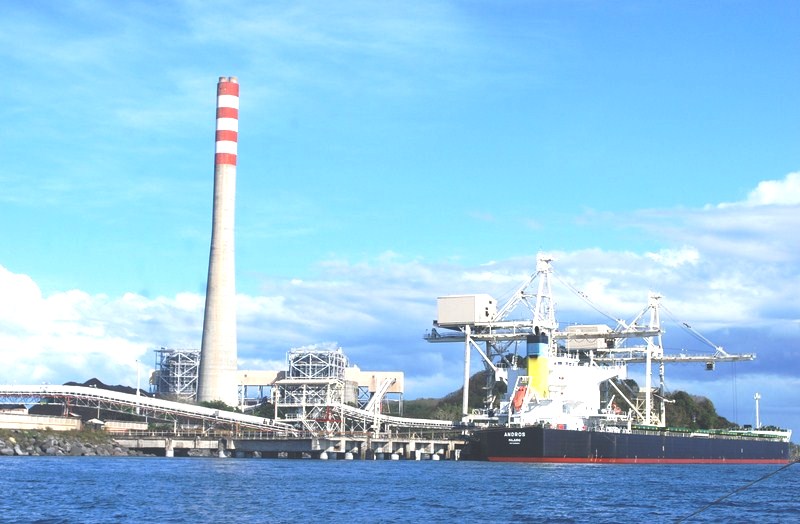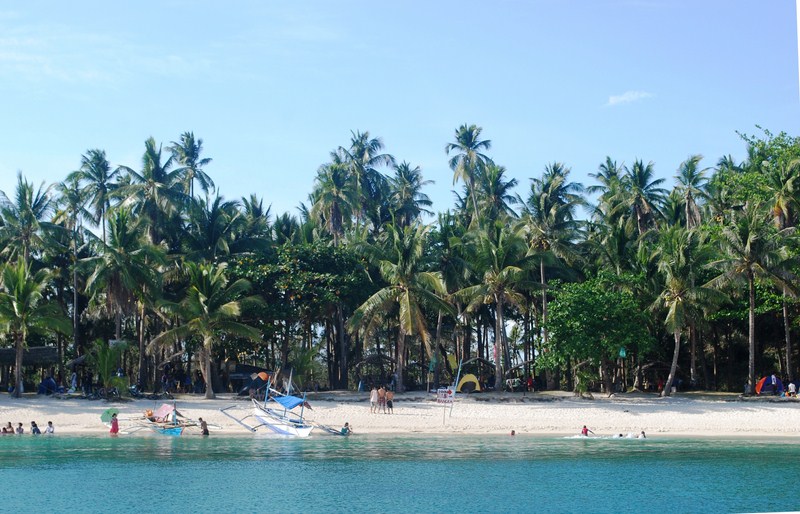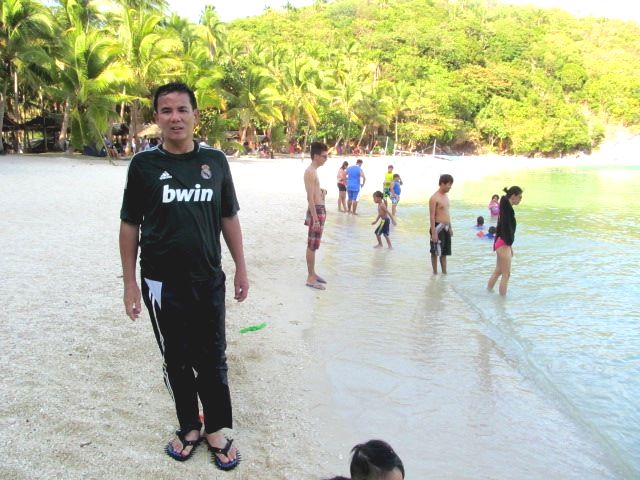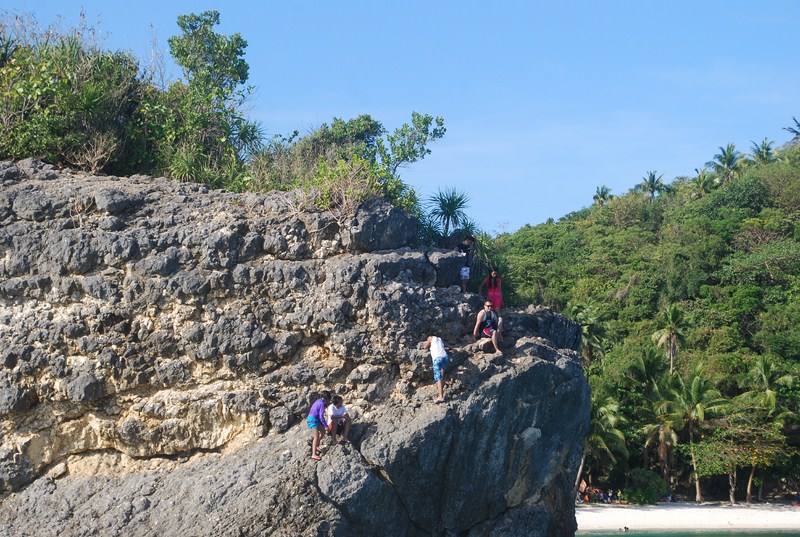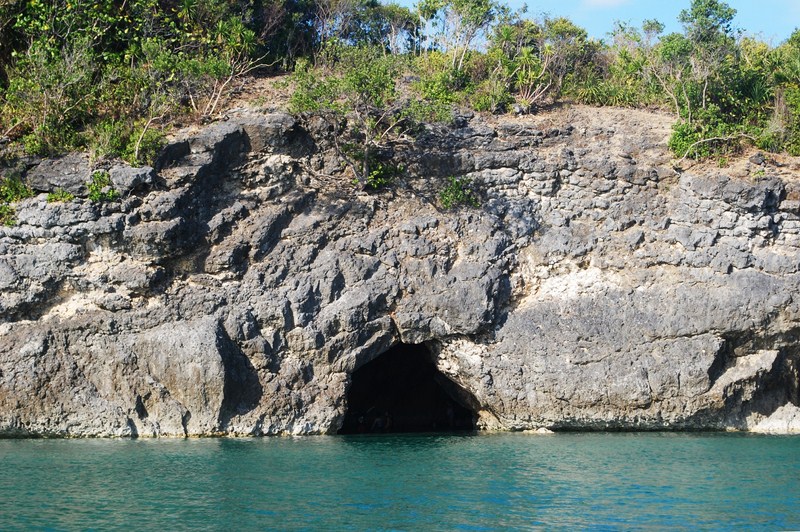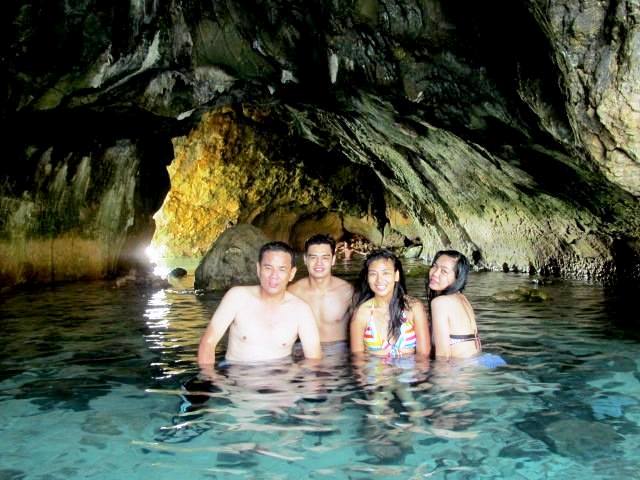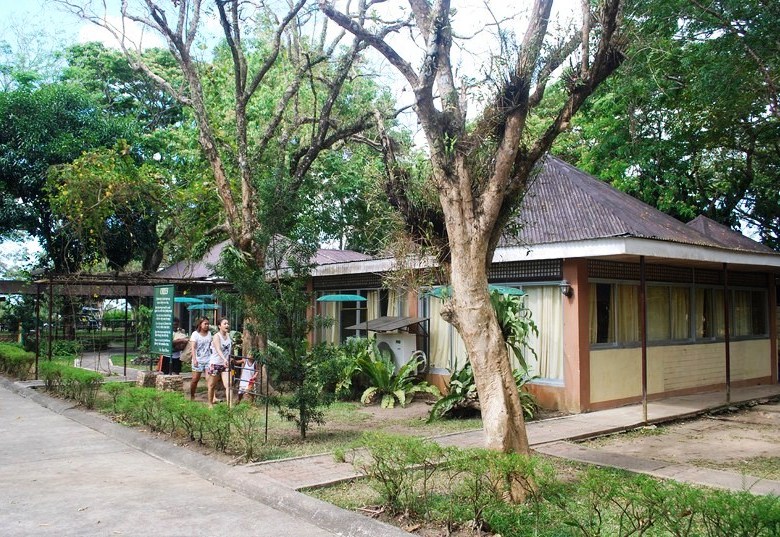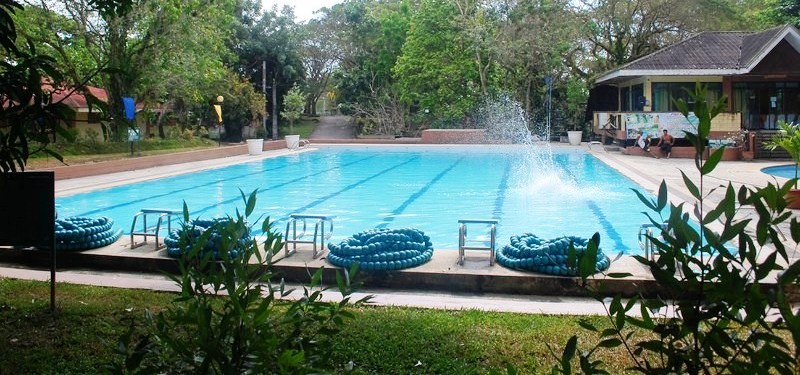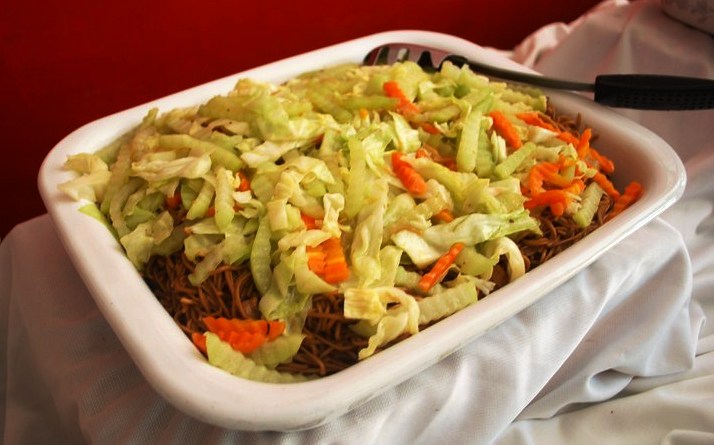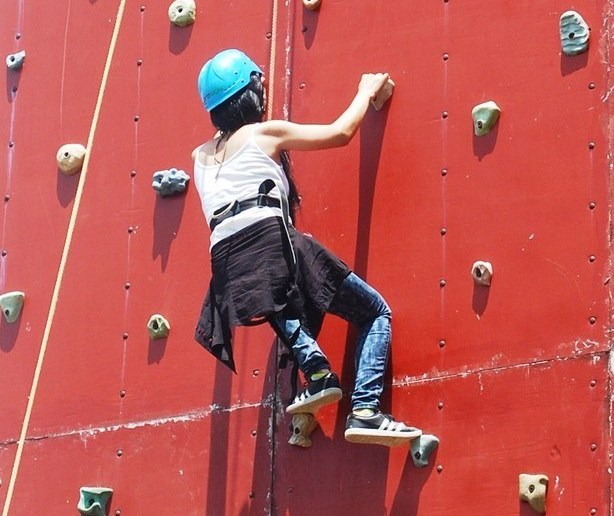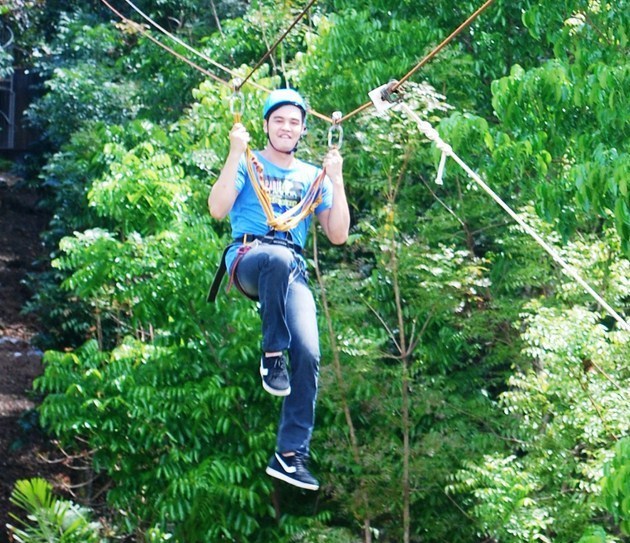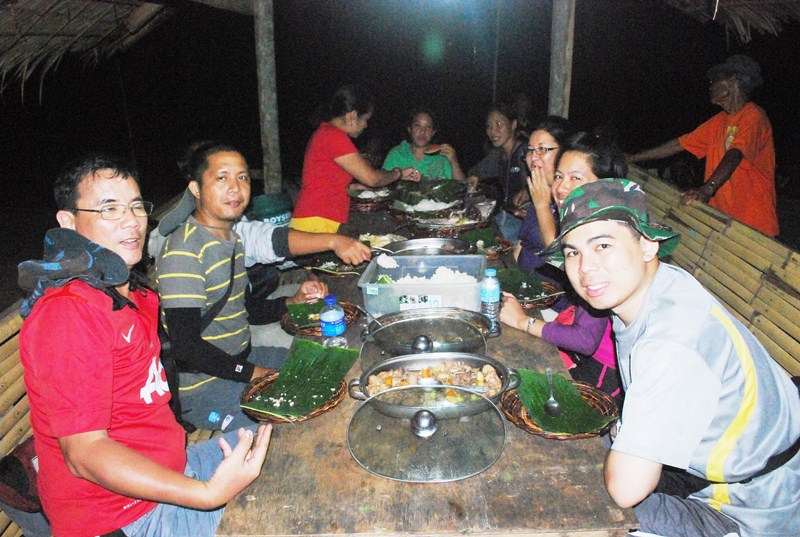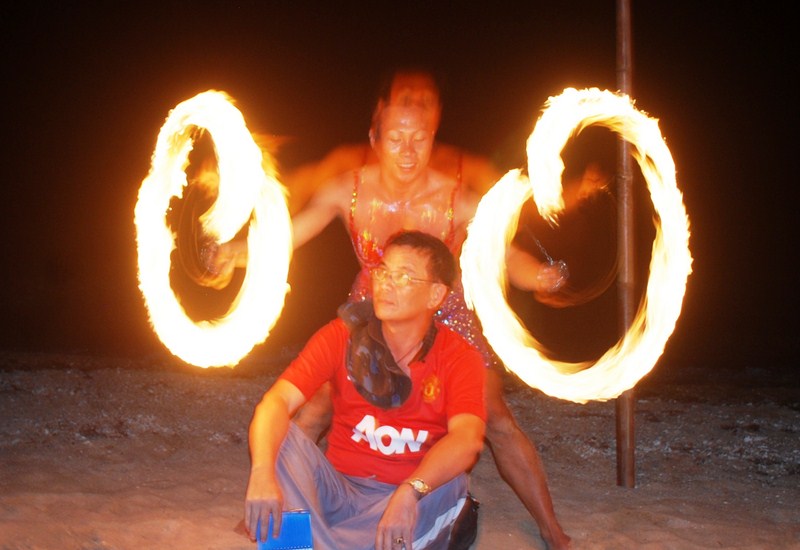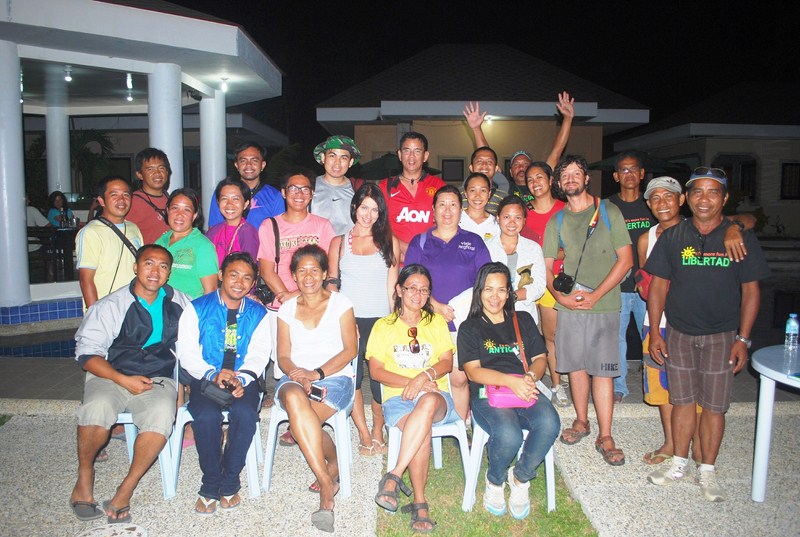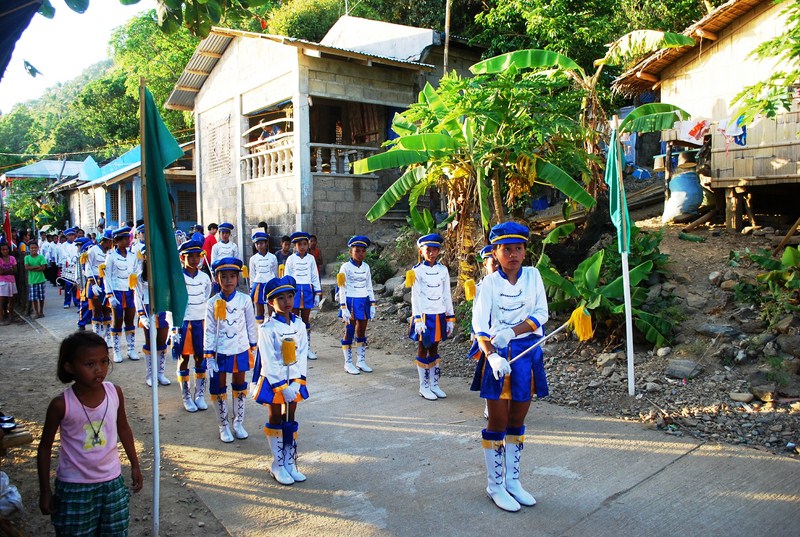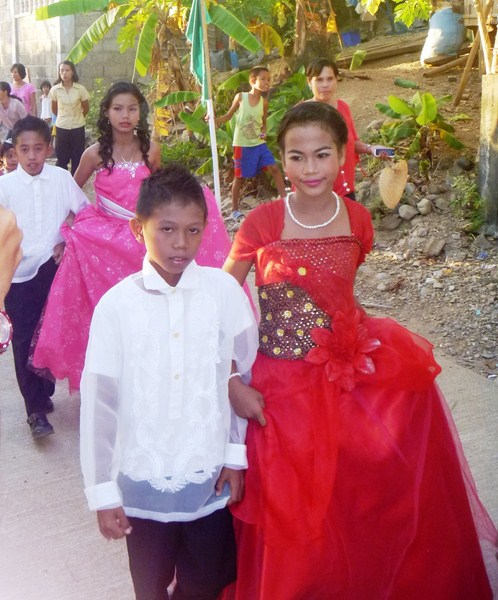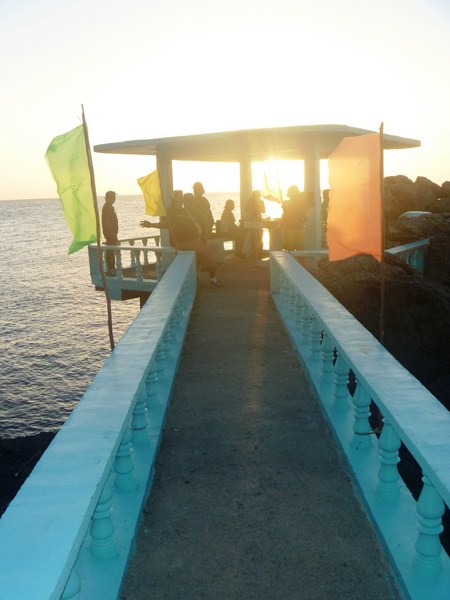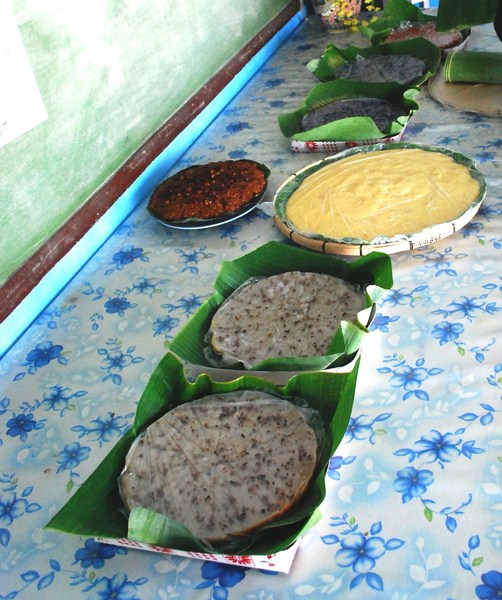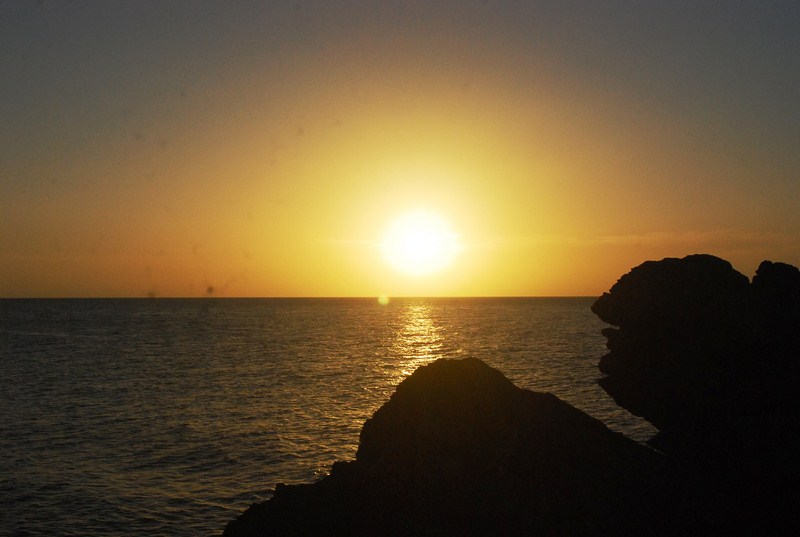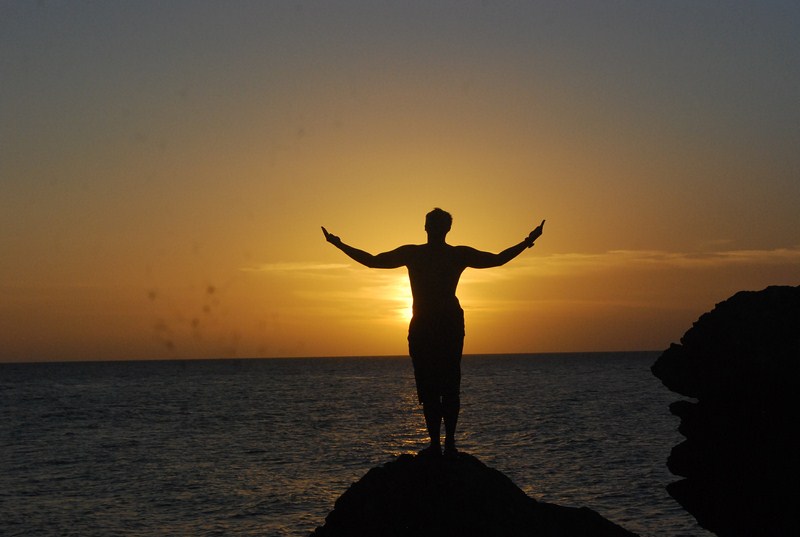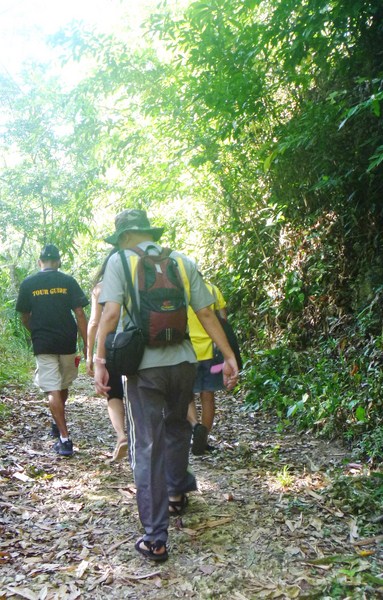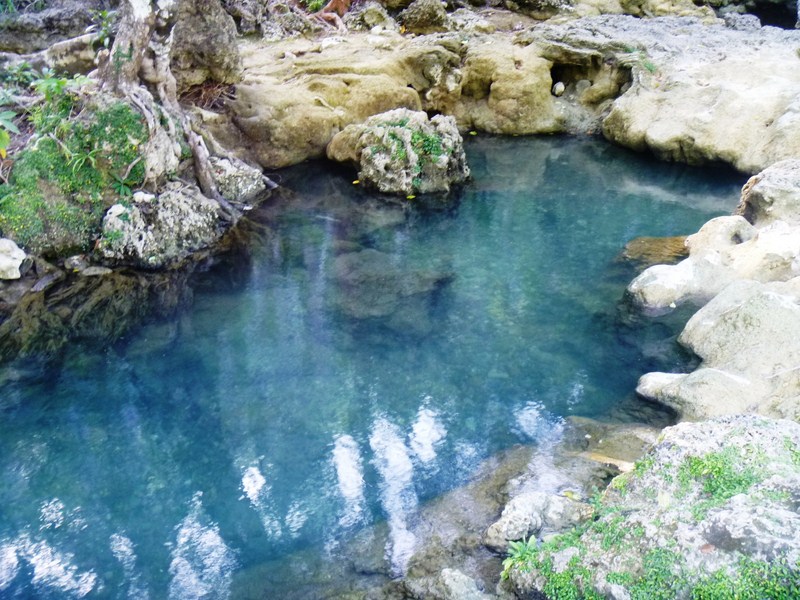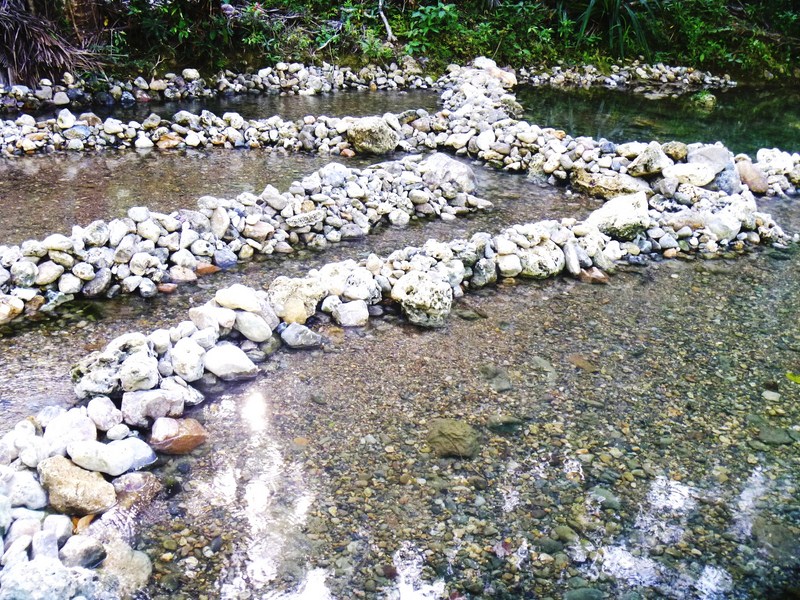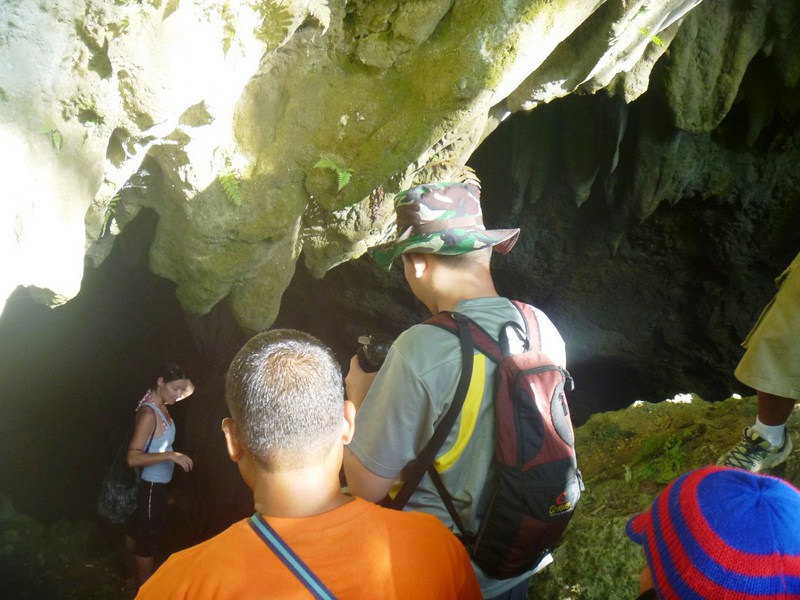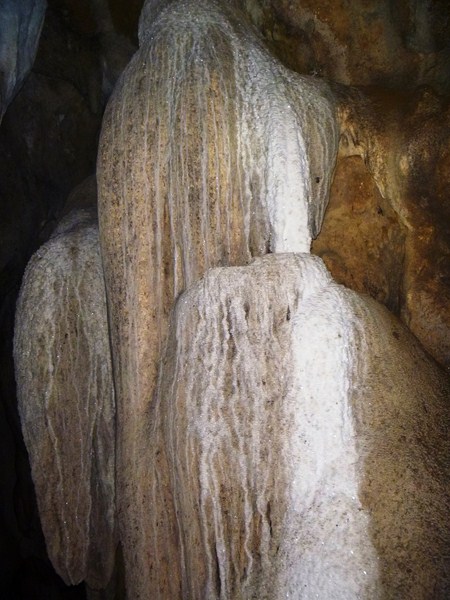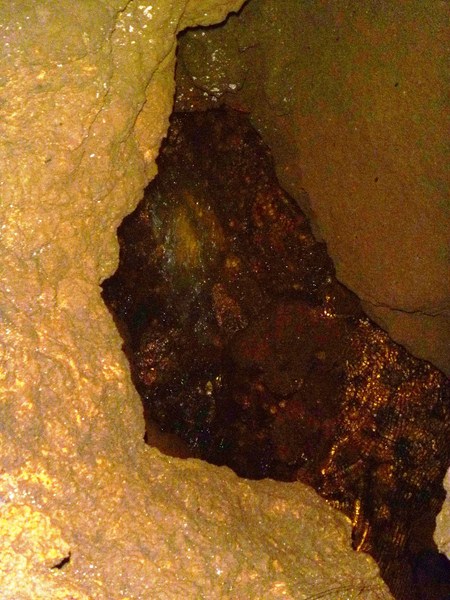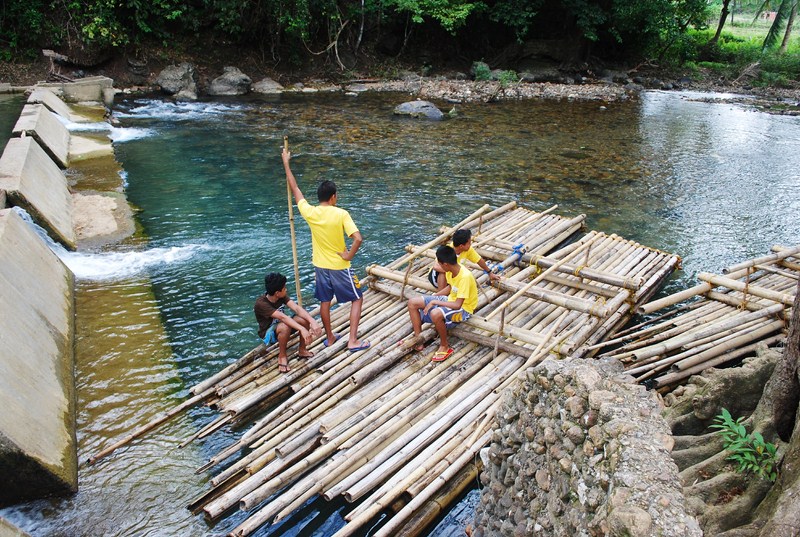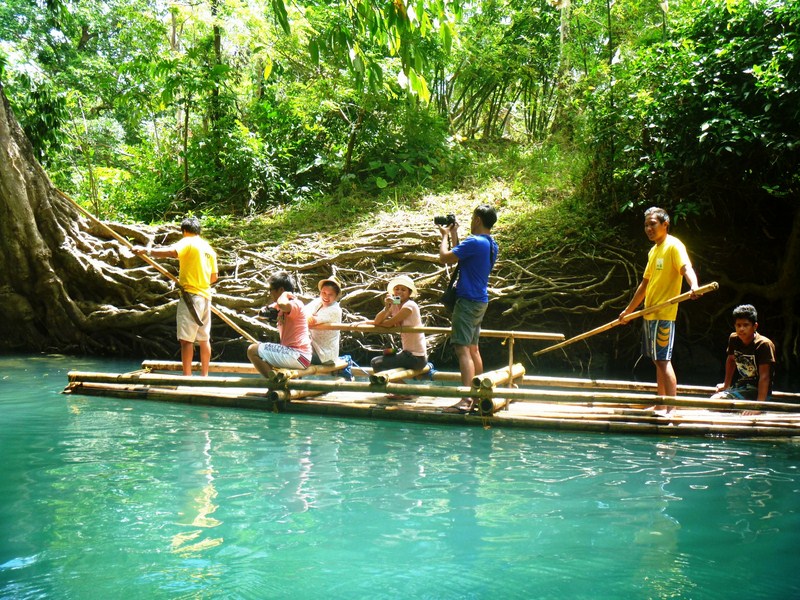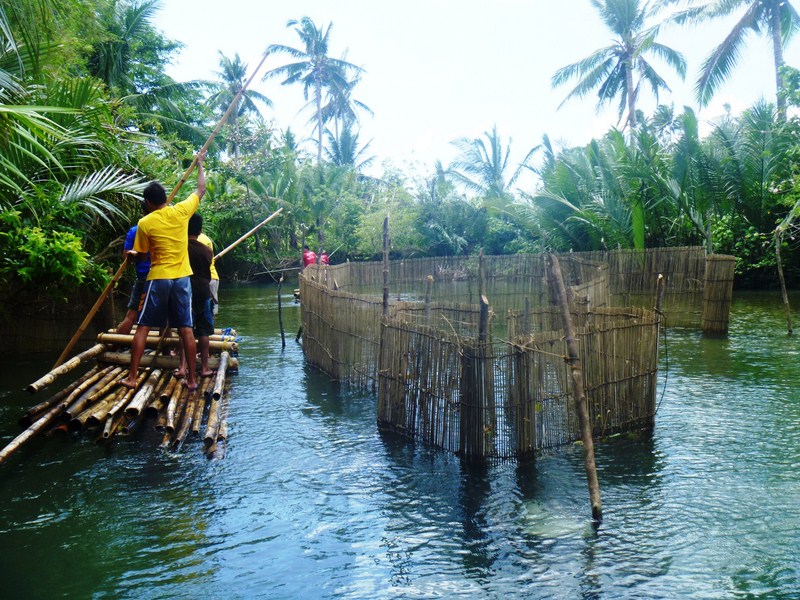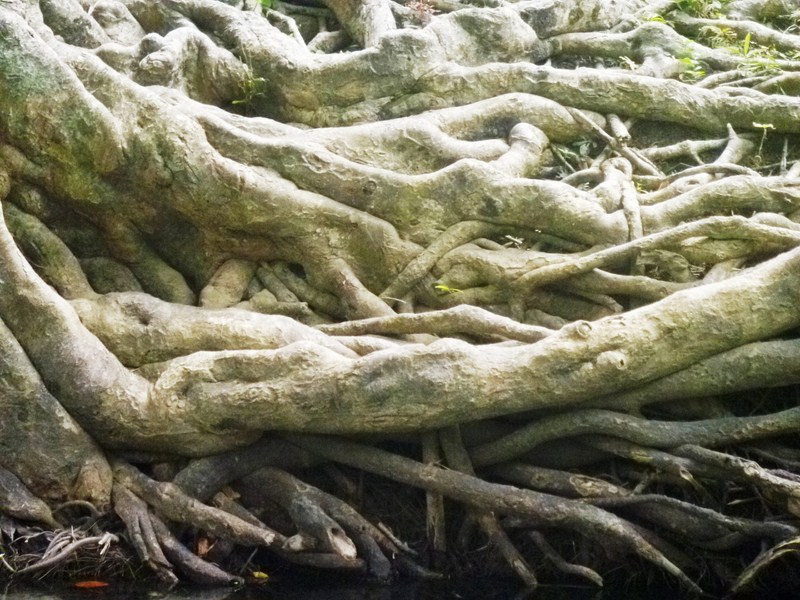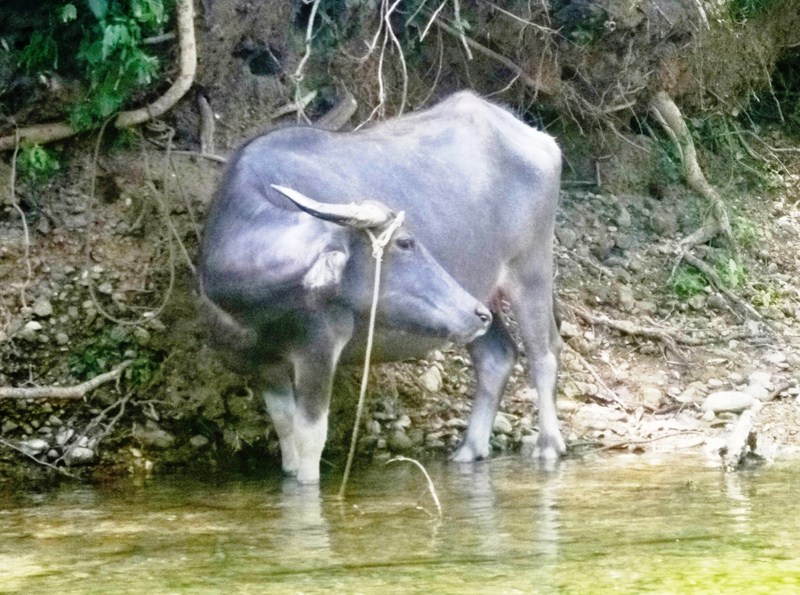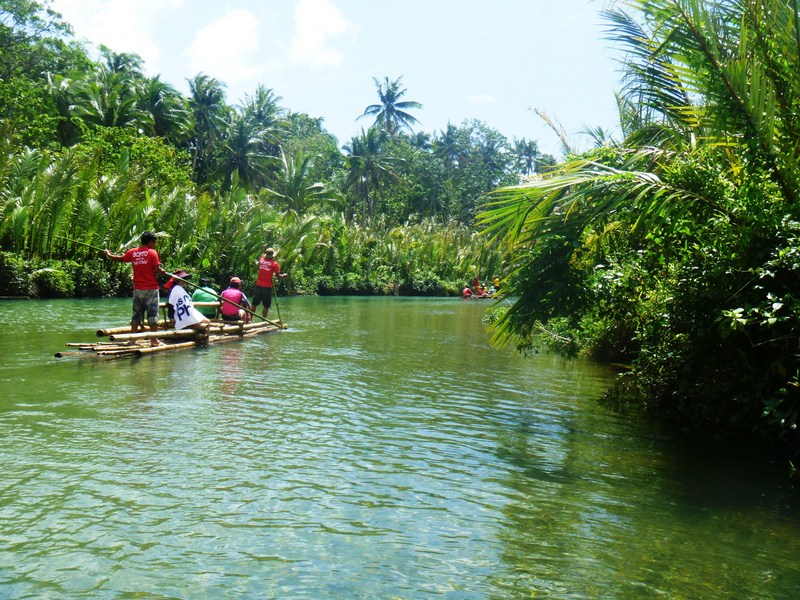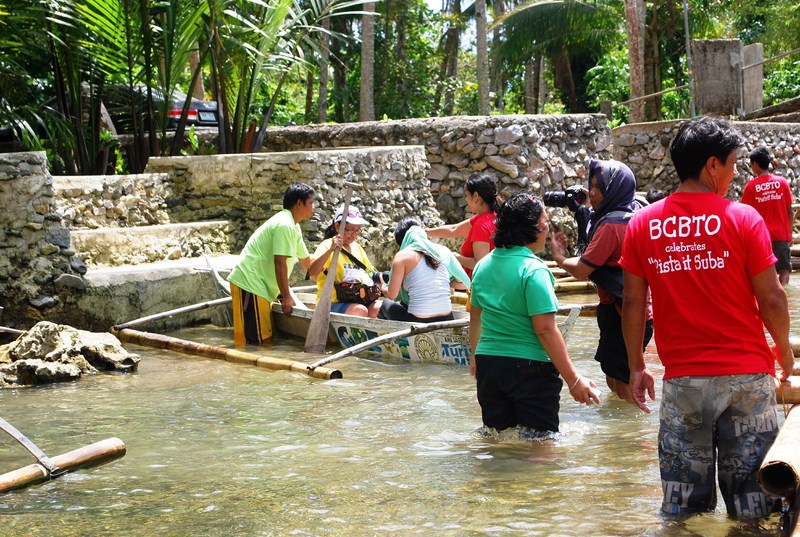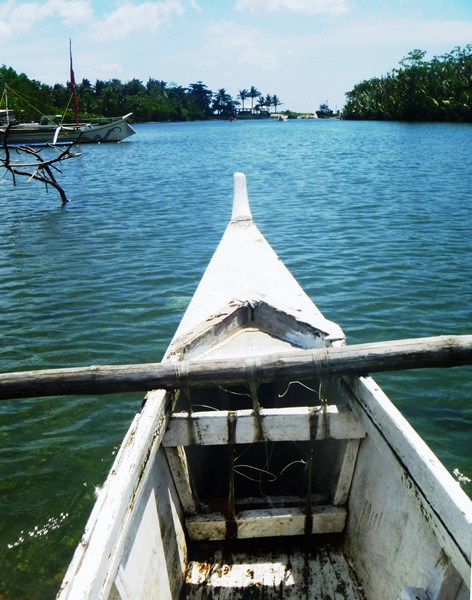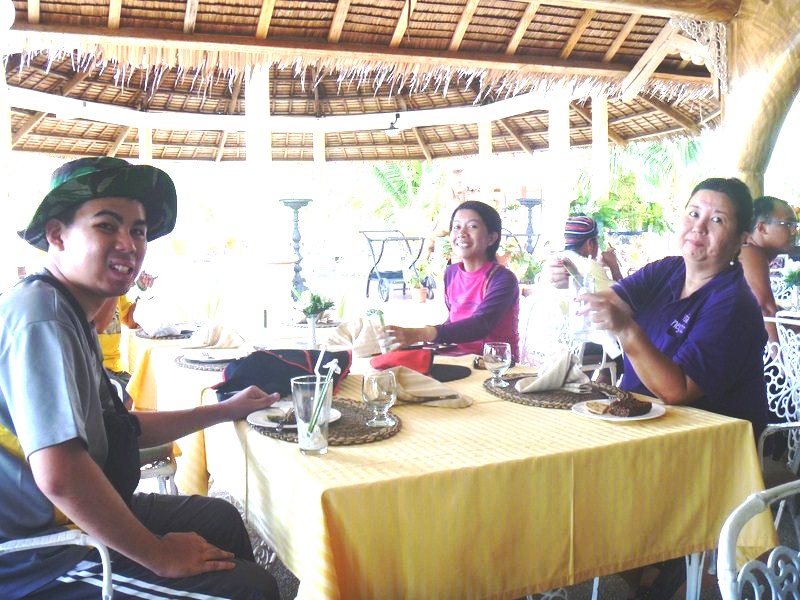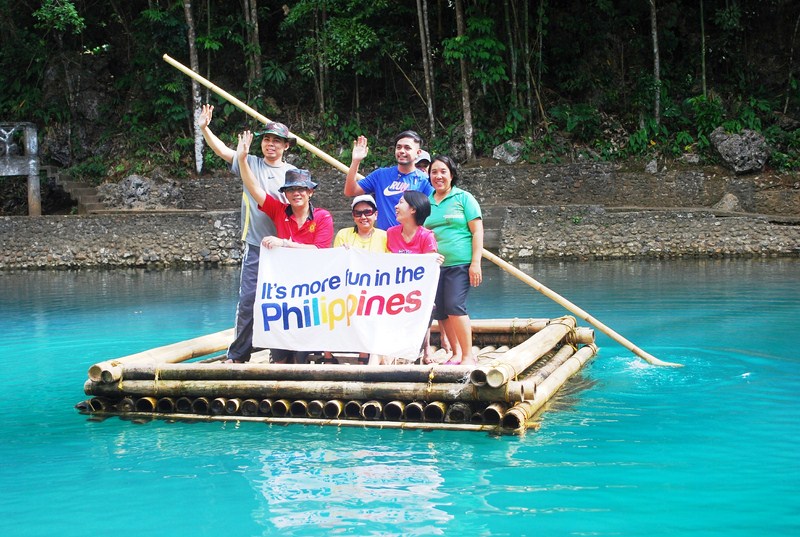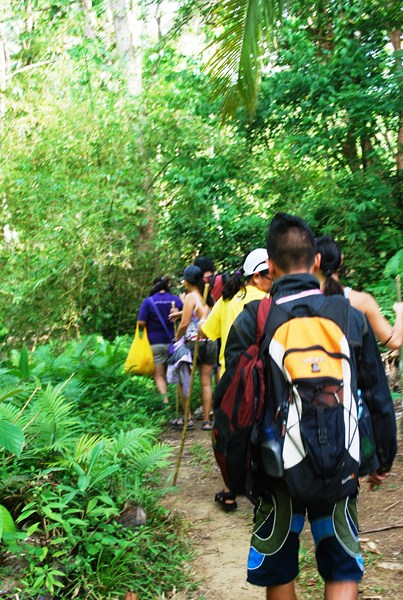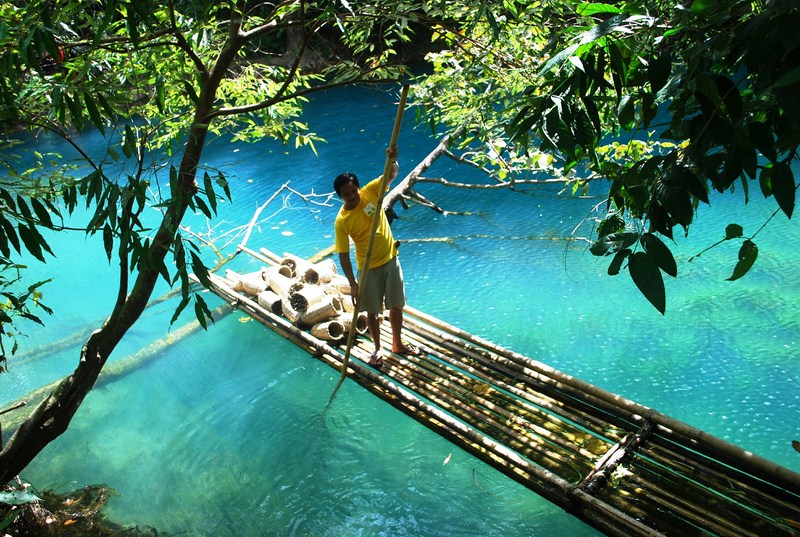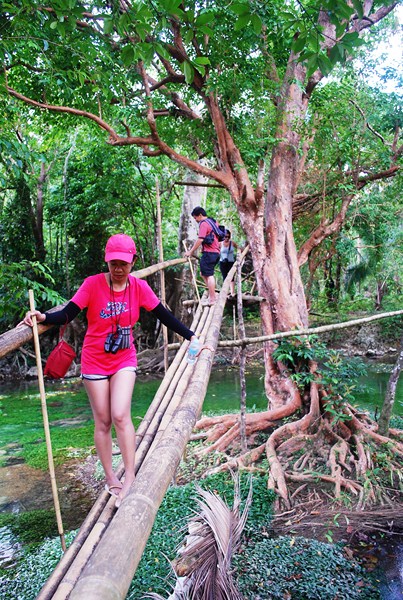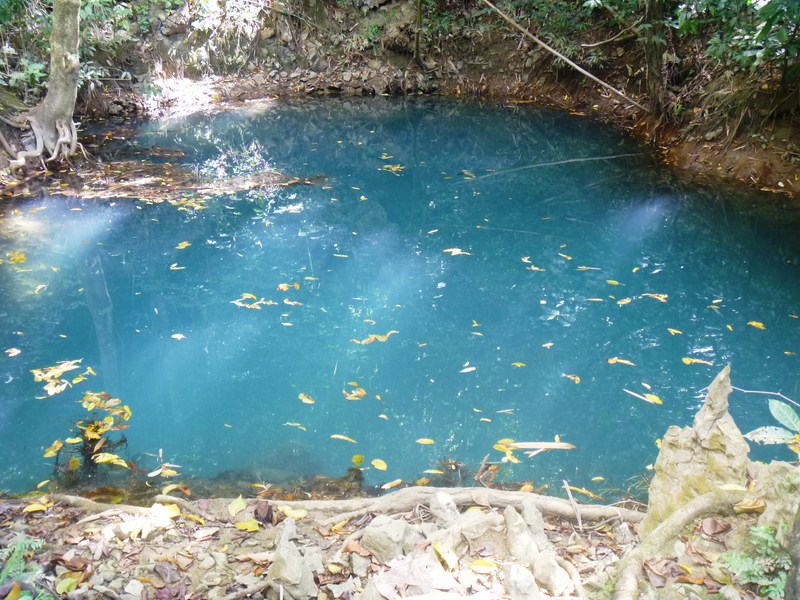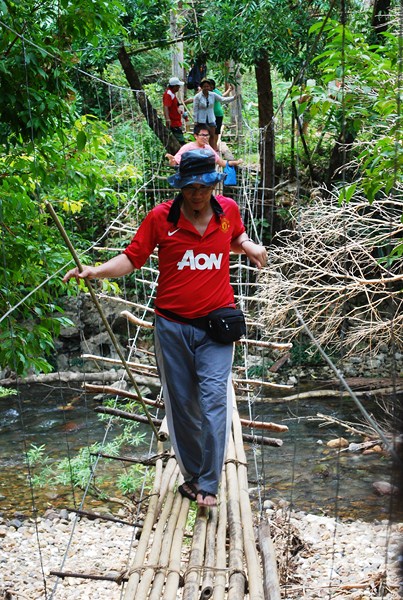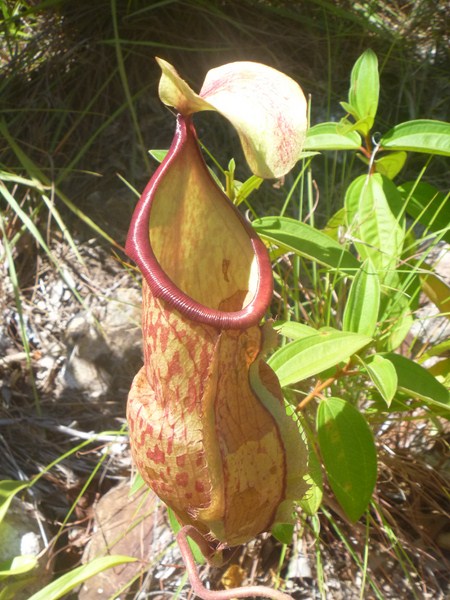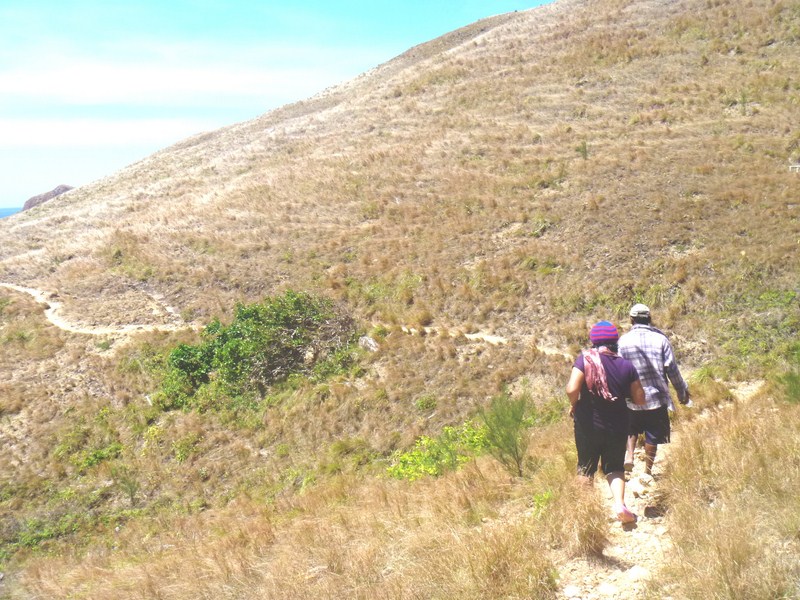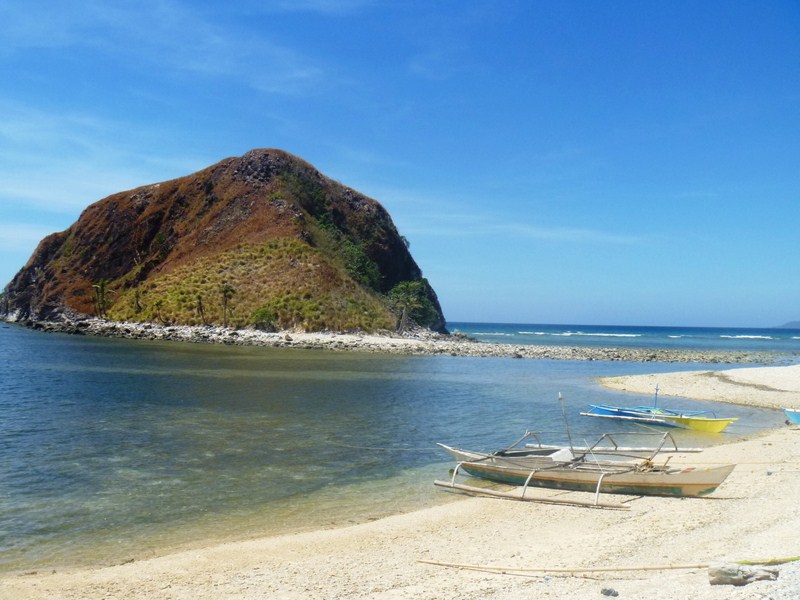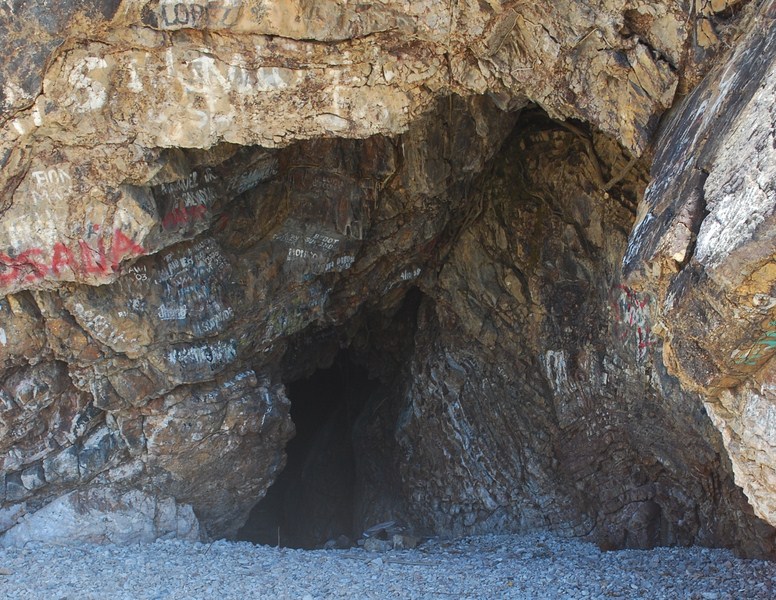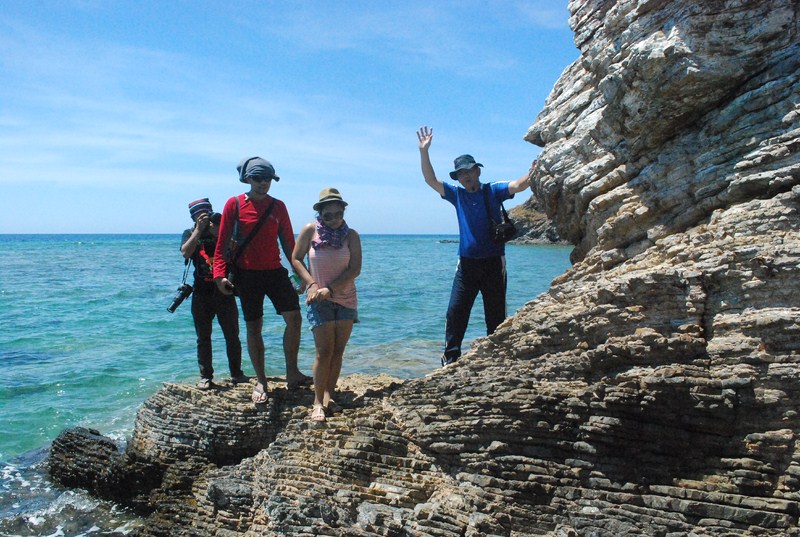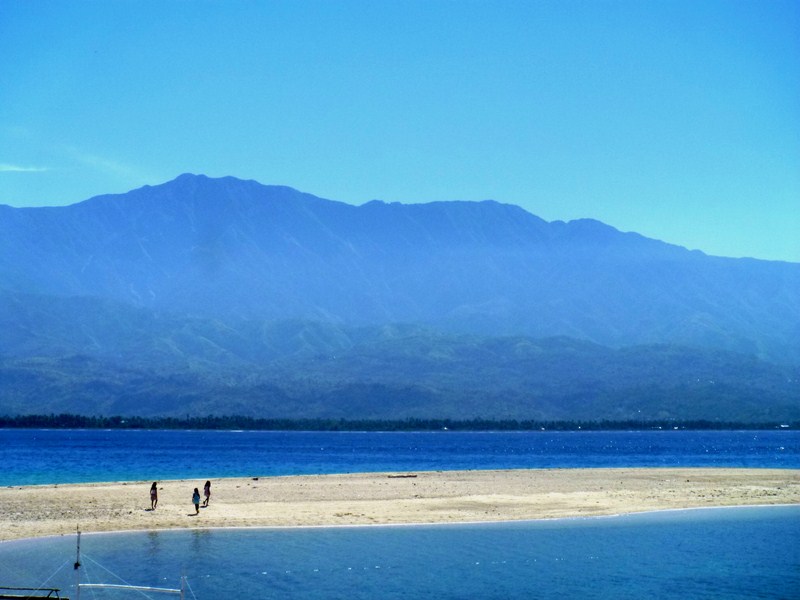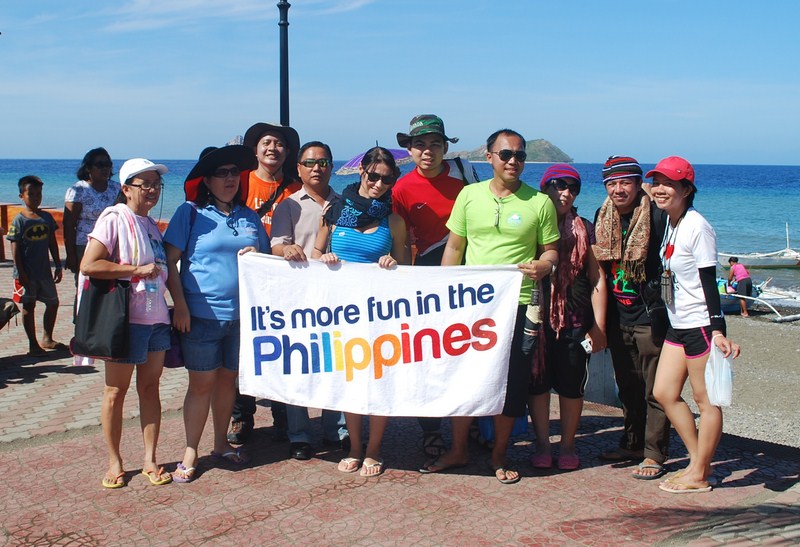I recently accepted an invitation from Mr. Roland J. Portes, Gen. Manager of Sun Cruises (who are behind the Manila to Corregidor ferry), to experience, with my family, their one-of-a-kind Manila Bay Cruise on board their newly refurbished M/V Spirit of Manila. Launched in 2010, this double-decker cruise yacht is docked beside the Jumbo Palace, just after the Tanghalang Francisco Balagtas (Folk Arts Theater). Joining my wife Grace, son Jandy, daughter Cheska, Marve, my grandson Kyle and I is Grace’s boss Engr. Eulalio “Loy” Ganzon, president of E. Ganzon, Inc., and her officemate Arch. Mamel Yap.
This world-class dinner cruise service, available for Filipinos and international tourists alike, has 3 sailing times – 4:30PM to 5:45PM; 6:15PM to 7:30PM; and 8 PM to 9:15PM. We opted for the popular second schedule to catch the famous Manila Bay sunset as well as the 7 PM fireworks spectacle of the nearby SM Mall of Asia. Even before the ferry left at 6:15 PM, the sun was already starting to set, fully round and spectacularly painting the sky with a reddish or orange hue.
The M/V Spirit of Manila, which can accommodate between 90 to 120 passengers, has two decks with the dining room just about taking up all the decks. The lower deck is enclosed and airconditioned while the open-air, upper deck is for al fresco dining. Its crew appears to be professionally trained, as Sun Cruises’ parent company, the Magsaysay Group, is known for its training center for seamen.
This extraordinary cruise, at a leisurely 13 knots, took at least an hour and fifteen minutes and the waters were calm during this pleasantly tropical Saturday evening. The clean and seaworthy boat was generally stable throughout the cruise and we traveled between decks without any difficulty. Once we left the dock and got under way, our route across Manila Bay took us southwards, toward the vicinity of SM Mall of Asia, Asia’s third largest mall, before heading toward Roxas Boulevard then turning around and heading back to the dock.
After the sun set, we were awed with the towering skyline of the Ermita and the Makati Business District, visible for a time, as well as Manila’s fine buildings such as GSIS and the Manila Film Center. Not many get to see Manila’s skyline by the bay, one of the best natural harbors in the world.
Then, as dusk fell, it started to fade as the garish and magnificent lights along Roxas Boulevard, seemingly more attractive when seen from a distance, came to life against the black velvet night sky, its reflection also seen on Manila Bay as we felt the sea breeze. Come 7 PM, we were treated to a fireworks display set amidst the spectacular changing lights of SM Mall of Asia’s The Eye Ferris Wheel, truly a sight to behold.
An important and much anticipated part of this cruise is the sumptuous, full course (appetizer, soup, main course, dessert) gourmet buffet dinner of Filipino and international (Continental, Oriental and Spanish) cuisine that will surely satisfy anyone’s palate. Catered by Manila Catering Services, the official caterer of the cruise, Sun Cruises’ meals are cooked elsewhere then re-plated on board. The menu for this night consisted of an appetizer of tempura crackers; onion soup; four main courses (pancit bihon with chicharon, fish fillet with sweet and sour sauce, roasted chicken and pork Korean); and dessert of buko pandan and coffee jelly.
The dinner cruise also included live entertainment in the form of the acoustic duo consisting of vocalist Ms. Faye Irene D. Uriat accompanied by guitarist Mr. Alfredo M. Ladera. They added to an already relaxing, soothing and romantic atmosphere and, after singing a number of tunes, they gladly asked for the audience’s requests as well as serenaded birthday and wedding anniversary celebrants. It was all great fun. This enchanting, exhilarating and romantic experience is ideal for those who want to have a quick but unforgettable getaway from the hustle and bustle of Metro Manila.
Sun Cruises: Fernando Ma. Guerrero cor. Paseo Palisoc St., CCP Complex, Roxas Blvd., Pasay City. Tel: (632) 834-6857 to 58, (632) 966-9391 to 92 or (632) 527-5555. Website: www.corregidorphilippines.com. Cost: Php550 per person (includes roundtrip fee, dinner and live entertainment, drinks not included). Ticketing booth is located at the entrance of the dock. They don’t operate during bad weather and typhoons.









